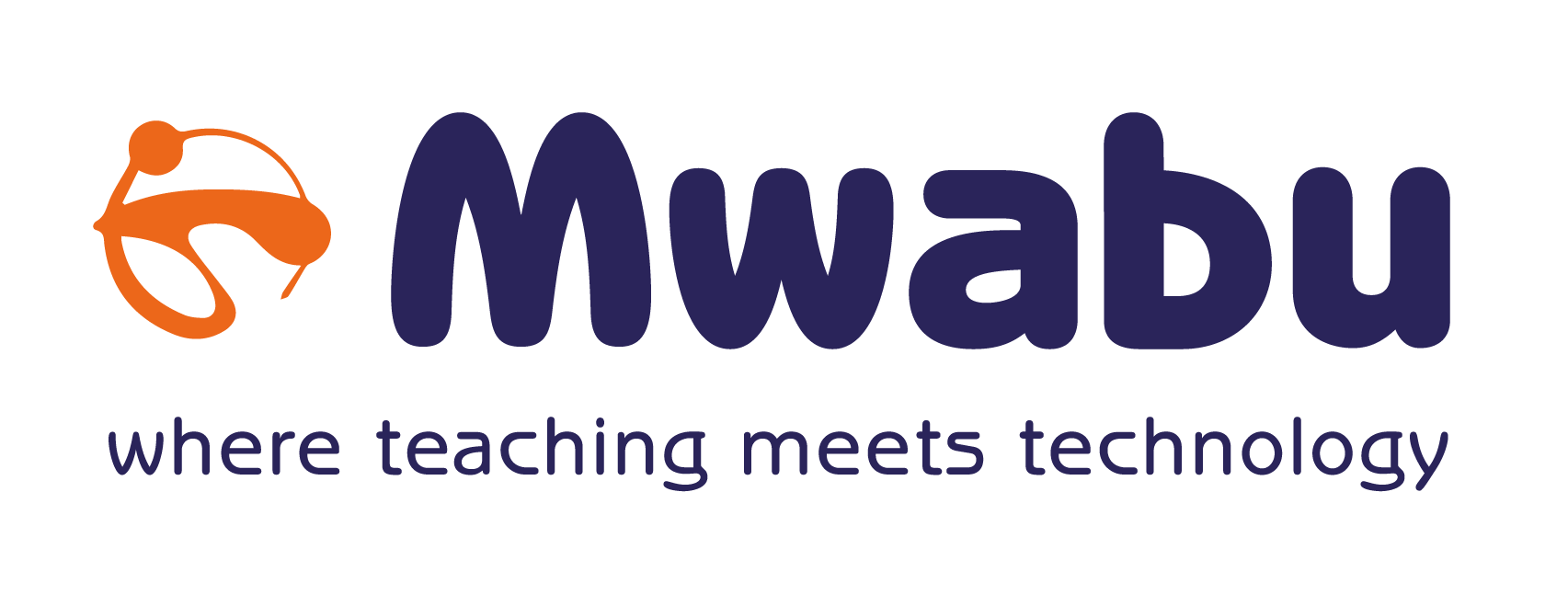The low-dose, high-frequency e-learning approach engages students with short, digestible information on a regular basis accompanied by on-site clinical mentorship. e-learning, a strategic priority for the MOH, complements the blended learning approach by delivering hands-on guidance and up-to-date health information in a way that is accessible to providers.
For example, during a mentorship session, the provider and mentor can reference current guidelines on a solar-powered tablet to check the correct course of action. After the visit, the provider can access the eLearning course on their own time to refresh their knowledge. At the next mentorship session, the provider can demonstrate new skills and ask questions to further understand the protocol.
As a health care provider in rural Zambia, nurse-midwife Michael Mweetwa Chinene struggled to stay current with evolving best practices in HIV and tuberculosis care.
“I have a very busy schedule at my facility,” said Chinene, who works in Mazabuka District in the Southern Province, “and it’s difficult to access learning opportunities.”
Yet, the clients Chinene serves—HIV patients with TB—require prompt and correct diagnosis, regular treatment and appropriate case management. Without the ability to get the latest information in patient management, Chinene said his “confidence to be able to provide specific services (for these clients) declined.”
He found it difficult to attend to people with HIV and AIDS, and resorted to referring them to other facilities. He is hardly alone; nurses and midwives in many parts of Africa face workforce shortages, high-volume of patients, limited resources and strained training facilities. And, many nurses and midwives can’t afford to attend continuing professional development trainings that require long-distance travel.
“I have confidence in being able to counsel clients, which is one of the biggest components of HIV case management. Because of the e-course, I now ensure that all who test positive for HIV are begun on IPT to prevent tuberculosis,” said Chinene, referring to the isoniazid preventive therapy (IPT) that’s recommended by the World Health Organization.
This article originally appeared on Jhpiego: https://www.jhpiego.org/success-story/elearning-key-for-zambian-nurse-midwife-needing-vital-information/
With thanks to Jhpiego and authors Christopher Bwale, Saul Banda and Jenna Smith for the article. The photo was provided by Christopher Bwale.




